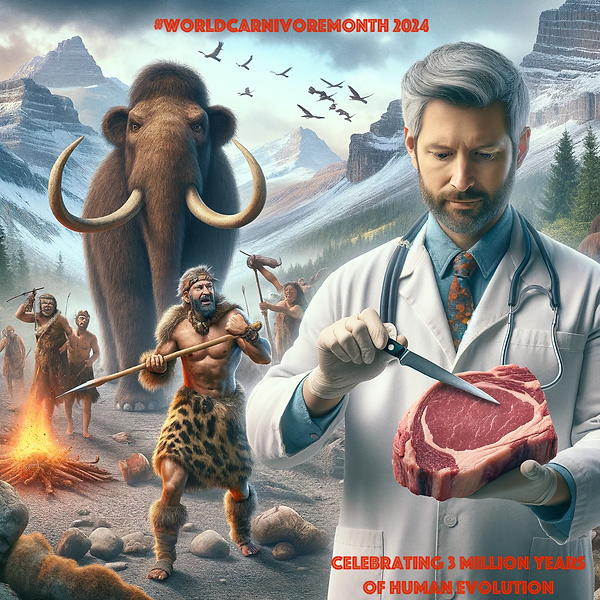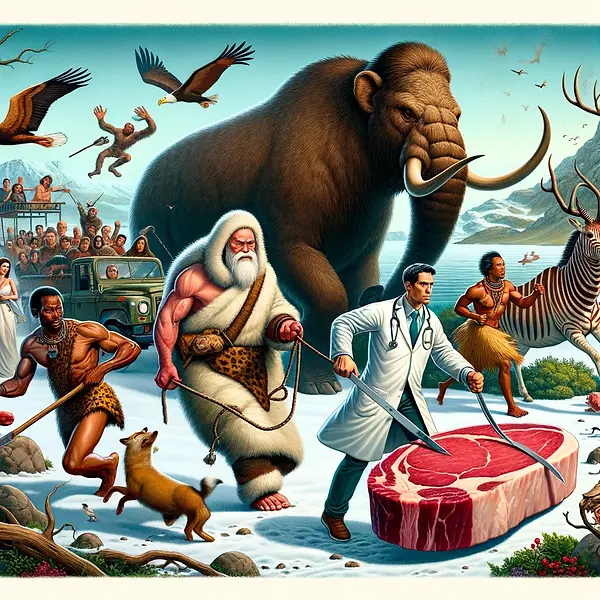


Title:
Meat and Nicotinamide
Abstract:
Meat and Nicotinamide: A Causal Role in Human Evolution, History, and Demographics
Details
Hunting for meat was a critical step in all animal and human evolution. A key brain-trophic element in meat is vitamin B3 / nicotinamide. The supply of meat and nicotinamide steadily increased from the Cambrian origin of animal predators ratcheting ever larger brains. This culminated in the 3-million-year evolution of Homo sapiens and our overall demographic success. We view human evolution, recent history, and agricultural and demographic transitions in the light of meat and nicotinamide intake. A biochemical and immunological switch is highlighted that affects fertility in the ‘de novo’ tryptophan-to-kynurenine-nicotinamide ‘immune tolerance’ pathway. Longevity relates to nicotinamide adenine dinucleotide consumer pathways. High meat intake correlates with moderate fertility, high intelligence, good health, and longevity with consequent population stability, whereas low meat/high cereal intake (short of starvation) correlates with high fertility, disease, and population booms and busts. Too high a meat intake and fertility falls below replacement levels. Reducing variances in meat consumption might help stabilise population growth and improve human capital.
Meat, NAD, and Human Evolution
Archaeological and palaeo-ontological evidence indicate that hominins increased meat consumption and developed the necessary fabricated stone tools while their brains and their bodies evolved for a novel foraging niche and hunting range, at least 3 million years ago. This ‘cradle of mankind’ was centred around the Rift Valley in East Africa where the variable climate and savannah conditions, with reductions in forests and arboreal living for apes, may have required clever and novel foraging in an area where overall prey availability but also predator dangers were high44–50 (Figure 2). Tools helped hunting and butchery and reduced time and effort spent chewing as did cooking later.51 Another crucial step may have been the evolution of a cooperative social unit with divisions of labour, big enough to ensure against the risks involved in hunting large game and the right size to succeed as an ambush hunter – with the requisite prosocial and altruistic skills to also share the spoil across sexes and ages.52 The ambitious transition from prey to predator hunting the then extensive radiation of megaherbivores so big that they are normally considered immune to carnivores, needed advanced individual and social cognition as humans do not have the usual physical attributes of a top predator.53–59 Adult human requirements to run such big brains are impressive enough, but during development, they are extraordinarily high with 80% to 90% of basal metabolic rate necessary in neonates – this is probably not possible after weaning without the use of animal-derived foods.51,60,61
Hypothesis:




